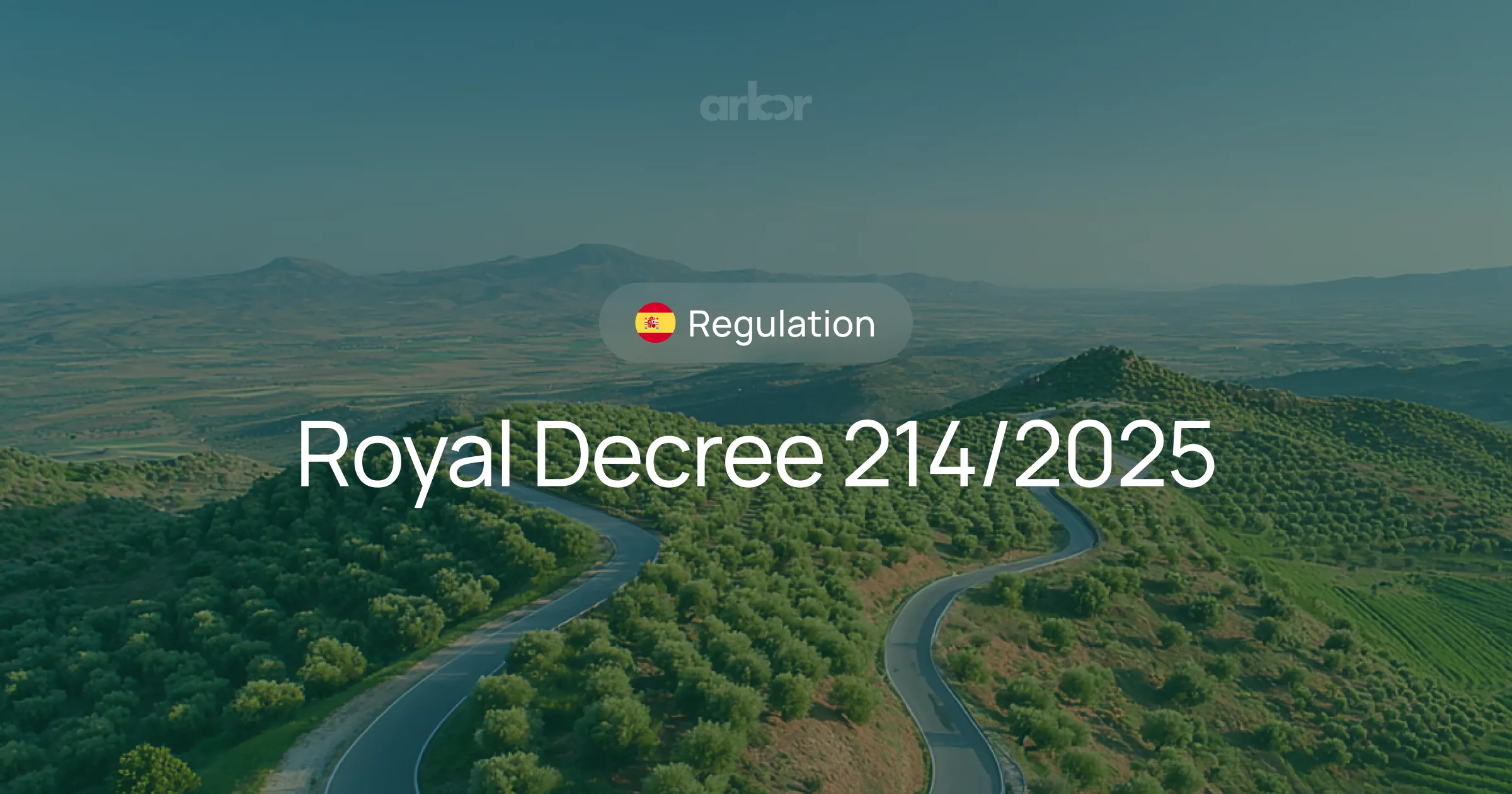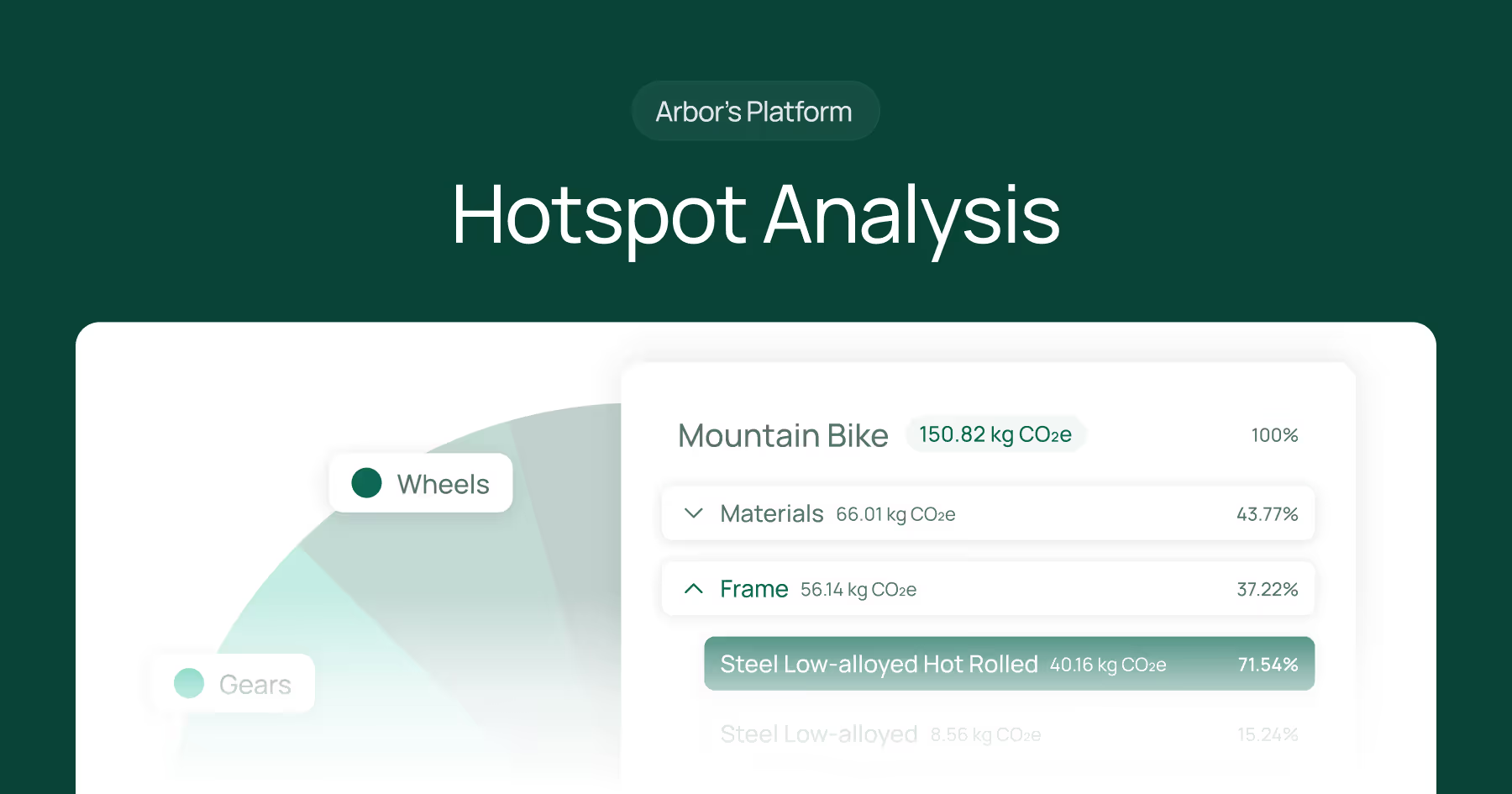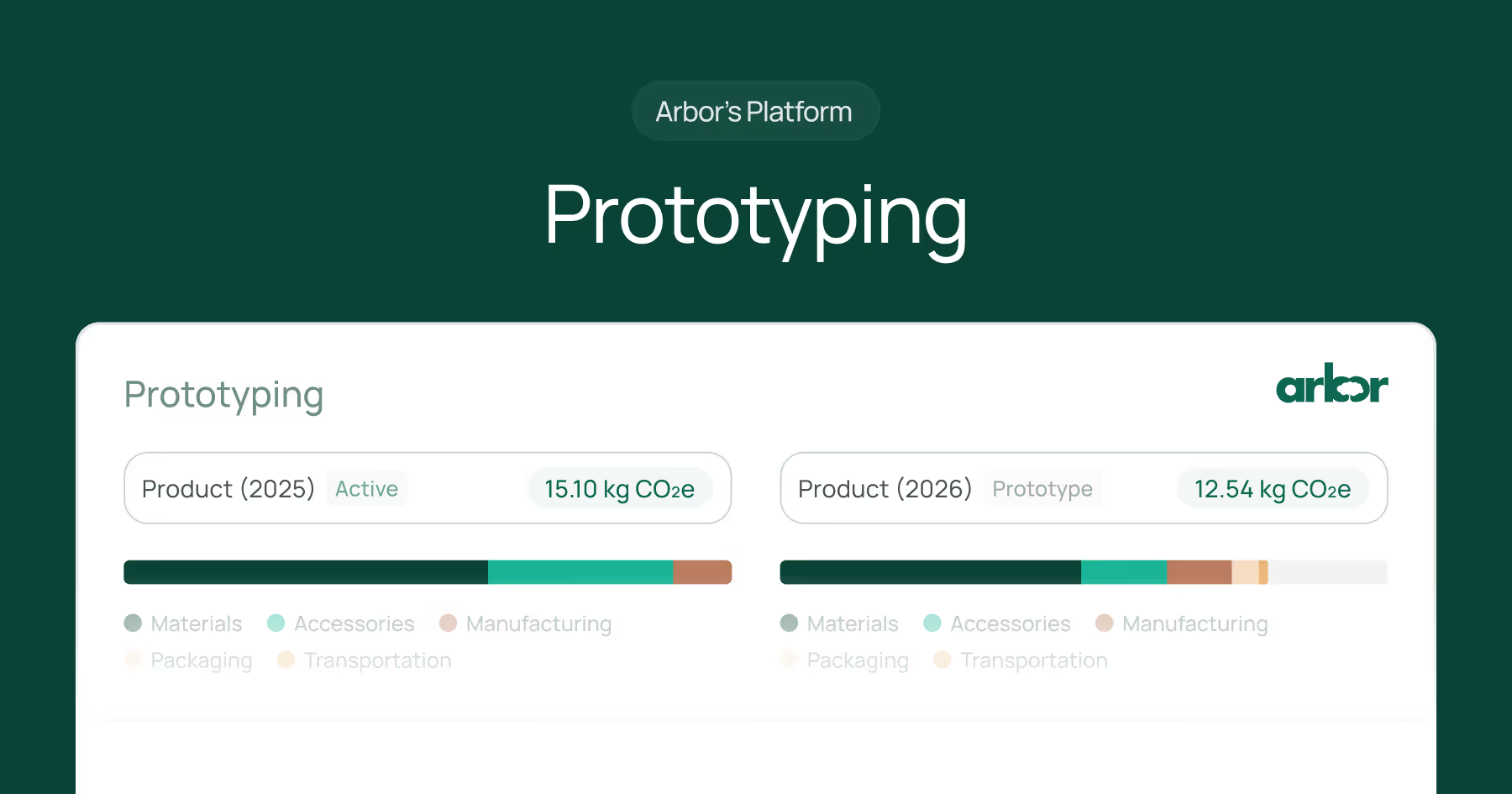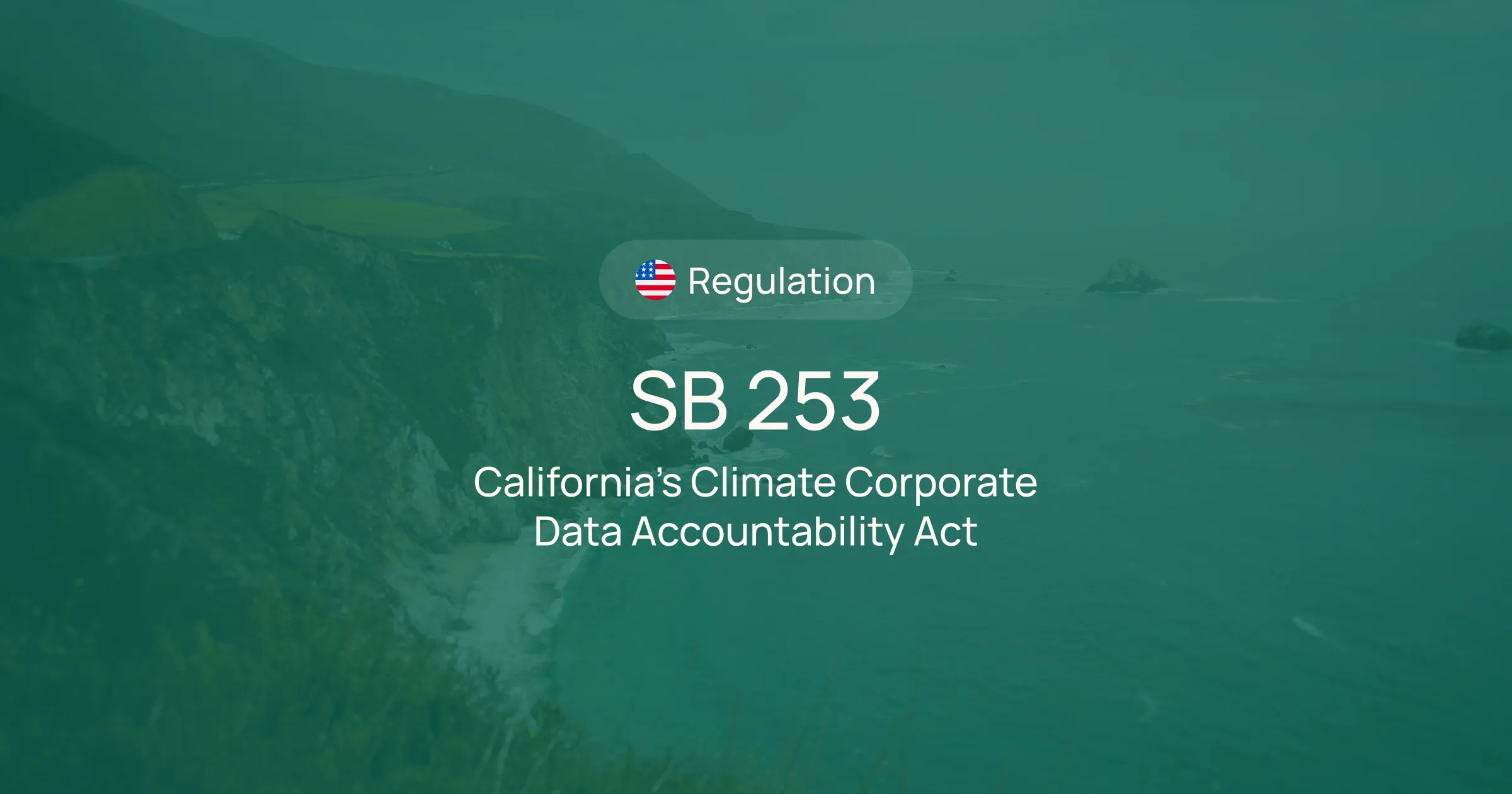In the realm of carbon management and sustainability, the concept of a carbon credit is a fundamental building block. It is a term that encapsulates the essence of market-based solutions to reduce greenhouse gas emissions. Understanding the intricacies of carbon credits is crucial for anyone interested in or involved with environmental sustainability, climate change mitigation, and carbon management.
Carbon credits, also known as carbon offsets, are a form of trade. When you buy one, you're essentially paying for the reduction of a certain amount of greenhouse gas emissions. But there's much more to it than that. In this article, we will delve into the complexities of carbon credits, exploring their origins, how they work, their types, and their role in the global fight against climate change.
The Origins of Carbon Credits
The concept of carbon credits emerged from international negotiations about climate change, specifically the Kyoto Protocol in 1997. This international agreement set binding targets for 37 industrialized countries and the European community for reducing greenhouse gas emissions. The idea was to use market mechanisms to achieve these reductions in a cost-effective way.
The Kyoto Protocol introduced three market-based mechanisms: Emissions Trading, Clean Development Mechanism (CDM), and Joint Implementation (JI). These mechanisms allow countries or companies to earn carbon credits, which can be traded on the international market, by reducing their greenhouse gas emissions or investing in emission-reducing projects.
The Kyoto Mechanisms
Emissions Trading, also known as cap and trade, involves setting a maximum allowable level of emissions for a set group of polluters. Those who emit less than their allowance can sell their extra allowances as carbon credits. This creates a financial incentive for companies to reduce their emissions.
The Clean Development Mechanism allows a country with an emission-reduction or emission-limitation commitment under the Kyoto Protocol to implement an emission-reduction project in developing countries. Such projects can earn saleable Certified Emission Reduction (CER) credits, each equivalent to one tonne of CO2, which can be counted towards meeting Kyoto targets.
Joint Implementation allows a country with an emission reduction or limitation commitment under the Kyoto Protocol to earn Emission Reduction Units (ERUs) from an emission-reduction or emission-removal project in another country with a similar commitment. These ERUs can be used towards meeting its Kyoto target.
How Carbon Credits Work
At its core, a carbon credit is a permit that allows the holder to emit a certain amount of carbon dioxide or other greenhouse gases. One credit permits the emission of a mass equal to one ton of carbon dioxide. The carbon credit can be traded in the international market at its current market price.
The carbon credit system was ratified in conjunction with the Kyoto Protocol. Its goal is to stop the increase of carbon dioxide emissions. For example, if an environmentalist group plants enough trees to reduce emissions by one ton, the group will be awarded a credit. If a steel producer has an emissions quota of 10 tons, but is expecting to produce 11 tons, it could purchase this carbon credit from the environmental group. The net effect is that the steel producer has met its quota, but at a cost.
Verification and Certification
For a carbon credit to be tradable, it must be verified and certified by a third party. This is to ensure that the emission reduction has actually taken place and is permanent. The verification process involves measuring and monitoring the project's emissions and comparing them with what the emissions would have been without the project. This comparison is known as the project's baseline. Although some carbon credits are verifiable, many are not and accomplish much less in emissions reduction than promised. Read our thoughts on carbon credits and why they’re not as trustworthy as you might think.
Certification is the formal recognition that a project has met the criteria for emission reductions. The certification process involves the review and validation of the project's design and monitoring plan, and the verification of its emission reductions. Once certified, the project can be awarded carbon credits.
Types of Carbon Credits
There are several types of carbon credits, each with its own unique characteristics and uses. The three main types are Certified Emission Reductions (CERs), Emission Reduction Units (ERUs), and Verified Emission Reductions (VERs).
CERs are issued by the Clean Development Mechanism (CDM) for emission-reduction projects in developing countries. ERUs are issued by Joint Implementation (JI) for projects in industrialized countries. VERs, also known as voluntary offsets, are issued by voluntary standard bodies for projects that do not fall under the Kyoto Protocol.
Voluntary Carbon Credits
Voluntary carbon credits are a type of carbon offset purchased by individuals, companies, or governments that are not legally required to reduce their carbon emissions. These credits are used to offset their own carbon emissions, or to support the development of renewable energy, energy efficiency, or other carbon reduction projects.
The voluntary carbon market is less regulated than the compliance market, which is governed by legally binding international agreements and standards. However, voluntary credits are often subject to third-party verification and certification to ensure their quality and integrity.
The Role of Carbon Credits in Climate Change Mitigation
Carbon credits play a crucial role in the global effort to mitigate climate change. By putting a price on carbon emissions, they create a financial incentive for companies and countries to reduce their emissions. They also provide a mechanism for funding renewable energy, energy efficiency, and other carbon reduction projects.
However, carbon credits are not a silver bullet for solving the climate crisis. They are just one tool in a larger toolbox of strategies and solutions. To effectively combat climate change, we need a comprehensive approach that includes reducing emissions at their source, developing and deploying clean technologies, adapting to changes that are already happening, and more.
Challenges and Criticisms
While carbon credits have been praised for their role in promoting emission reductions and funding sustainable development, they have also faced criticism. Some argue that they allow polluters to buy their way out of reducing their own emissions. Others question the effectiveness of certain carbon offset projects and whether they actually lead to additional emission reductions.
There are also concerns about the social and environmental impacts of some projects. For example, some forest conservation projects have been accused of violating the rights of indigenous peoples. And some renewable energy projects have been criticized for their environmental impacts.
Summary
Understanding the concept of carbon credits is crucial for anyone involved in carbon management and sustainability. While they are not without their challenges and criticisms, carbon credits play a key role in the global effort to reduce greenhouse gas emissions and combat climate change.
As we move forward, it will be important to continue refining and improving the carbon credit system to ensure it is effective, fair, and contributes to the goal of a sustainable and carbon-neutral future.
Ready to take the next step in your company's carbon management journey? Arbor's cutting-edge platform is designed to empower executives and project leaders like you to make informed, environmentally-conscious decisions with ease. Our tools offer material-level calculations, GRI-certified reporting, and region-specific insights to help you navigate the complexities of carbon credits and sustainability. Don't let regulatory pressures or the lack of a robust framework hold you back.
Talk to sales today and discover how Arbor can transform your approach to carbon management, ensuring you lead the way to a greener future.
Measure your carbon emissions with Arbor
Simple, easy carbon accounting.





.webp)











%20Arbor.avif)





%20Arbor.avif)


.avif)






%20Arbor%20Canada.avif)

.avif)
%20Arbor.avif)
.avif)






_.avif)
.avif)
%20Arbor.avif)




%20Software%20and%20Tools.avif)





.avif)
.avif)




%20EU%20Regulation.avif)












.avif)


%20Arbor.avif)









_%20_%20Carbon%20101.avif)







.avif)
.avif)
.avif)



.avif)








